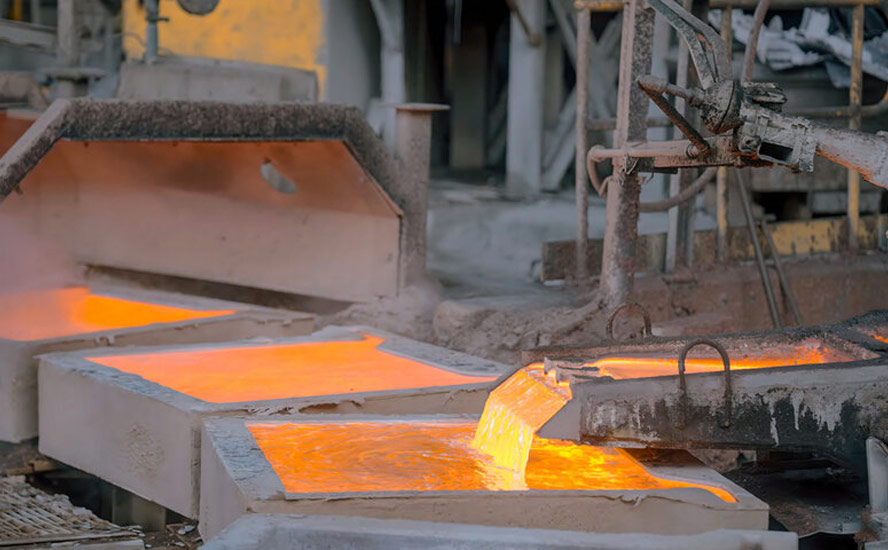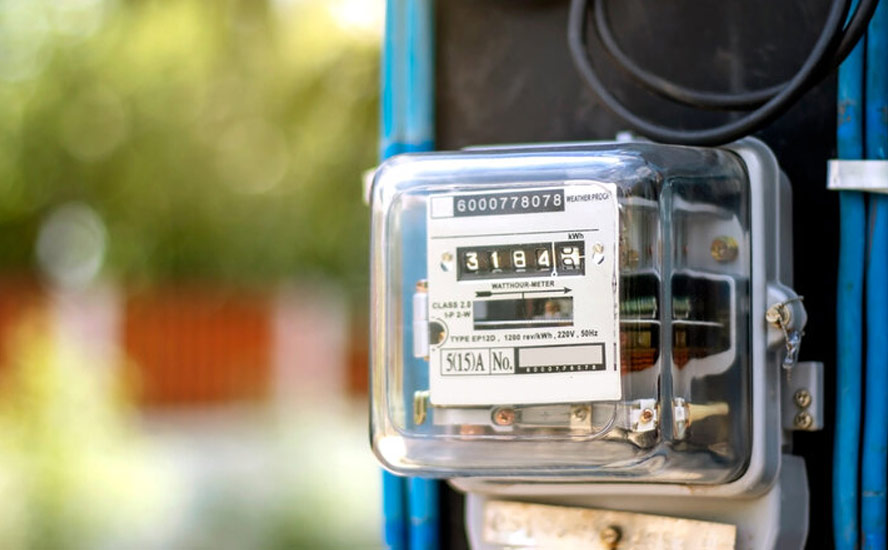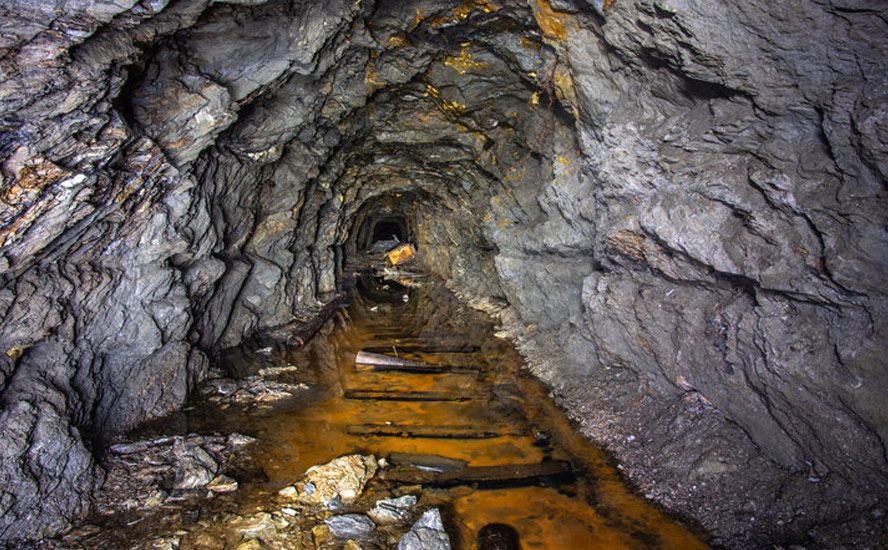Cypress cracks claystone metallurgy

2019.09.07
Cypress Development Corp (TSX.V:CYP) has moved a crucial step towards de-risking its Clayton Valley Lithium Project in Nevada – by successfully separating the lithium-rich claystone ores from the sulfuric acid leachate.
The company is now on a fast track to commercial production of battery-grade lithium products, as it readies its long-awaited prefeasibility study for release in a few weeks.
For those new to the company, Cypress has a massive lithium resource in Nevada’s Clayton Valley, next to Albemarle’s Silver Peak lithium mine, currently the only US producer of lithium – an extremely sought-after ingredient of electric vehicle batteries for which there is no substitute.
Its Clayton Valley Lithium Project hosts an indicated resource of 3.835 million tonnes LCE (lithium carbonate equivalent) and an inferred resource of 5.126 million tonnes LCE. The project is ranked among the largest in the world.
Metallurgy
However, the size of a lithium deposit is of limited value if the metallurgy doesn’t work. Importantly, CYP’s deposit contains non-hectorite clay, meaning that separating the lithium from the clay is simplerand less costly than clay containing hectorite.
Cypress’ technology uses sulfuric acid to leach the lithium from the clays.
The hydrometallurgical process involves mining the lithium-rich claystone ore and bringing it to a plant for separating out the lithium from the clay. The clay is put into a tank and mixed with sulfuric acid, forming a leachate. The “process (or pregnant) leach solution” (PLS) is then further processed into high-purity lithium carbonate or lithium hydroxide products.
The completion of the prefeasibility study’s (PFS) first phase, earlier this year, confirmed that lithium can be acid-leached to between 75% and 83% extraction with sulfuric acid consumption of between 85 and 132 kilograms per tonne – in line with the 125 kg/t estimated in a preliminary economic assessment (PEA) published last fall. The tests also showed impurities such as magnesium – which can significantly increase the complexity and costs of processing lithium – are controlled through conventional processing.
Getting there will be a lot easier thanks to the collaboration between Cypress and Lilac Solutions. The PFS incorporates Lilac’s patented ion exchange process.
During testing, Lilac was able to recover 83% of lithium from the leachate while simultaneously rejecting more than 99% of sodium, potassium, and magnesium impurities. The remaining lithium in the leachate is recycled back to the leaching stage for recovery.
At the end of August Cypress surpassed another challenge, by successfully separating solids from liquids, and simplifying the flowsheet that will be used to run a pilot plant that develops lithium products on a commercial scale.
According to Cypress CEO Bill Willoughby, figuring out how to separate the solids from the liquids is the “make or break” part of developing claystone deposits. Specifically, that means separating the process leach solution from the leached residue, whether by thickeners, filters, or other means.
“If you can’t do that you’re at a virtual standstill and you have no project,” Willoughby said in an interview with the Korelin Economics Report. He added: “We had spent several months looking at different equipment, different means of separating the clays from the solution, and we finally came up with a solution that is effective, not only on the bench top but taking it to a commercial scale and being able to produce a tailing at the end, and then have a clean PLS that can go off for processing. That’s a huge milestone for this and any clay deposit.”
Let’s pause for a moment to let that sink in. No longer is Cypress dabbling with beakers and hypotheses in laboratories. Two years worth of metallurgical testing has paid off – the company now knows how claystones behave in various leach conditions, and has even figured out a way to more effectively concentrate the lithium. Most importantly, Cypress has successfully produced lithium carbonate and lithium hydroxide that can be marketed to end users, like electric vehicle battery manufacturers. This is a monumental step.
Pilot plant
Of course, going from the lab to a pilot plant is another hurdle, but Willoughby is confident not only on the technology but the costs. So far the results look to be consistent with the PEA, which showed an impressive net present value of $1.45 billion at an 8% discount rate, yielding an internal rate of return (after tax) of 32.7%. Payback is just under three years.
“We’ve already done the calculations on the type of filter cakes, thickness, flow rates we’re dealing with and sizing that according to the types of equipment,” he told the Korelin Report. Willoughby also noted that Cypress’ separation technology does what earlier methods couldn’t, allow the company to reach its goal of 15,000 tonnes per day at a commercial scale, which would churn out around 25,000 tonnes a year of lithium carbonate or lithium hydroxide.
Cypress first looked at counter-current decantation to wash the solids, but the chosen flow sheet eliminates that step.
“We’re excited in the fact that we could come up with a simpler flow sheet that looks on paper to be more effective and less costly than the one we had before,” he said.
Next steps
Willoughby and his team need to work with an engineering firm to build a plant flow sheet to incorporate into the PFS, targeted for mid-October.
“So far the results look to be consistent with the PEA as far as overall outcomes but the PFS will go a tremendous way towards derisking the project and that’s our ultimate goal,” he said in the interview.
Conclusion
Dr. Bill Willoughby has cracked the claystone metallurgy. It’s a major technical problem to separate ultra-fine clay particles (<5 microns) from a leach solution. Cypress has done it, putting the company at the forefront of lithium clay projects globally.
The US now has a major source of lithium carbonate and lithium hydroxide. This is BIG.
The news takes all the risk out of CYP going into production, and opens the company up to partnership agreements, financing deals, even a buyout. The company is reportedly in talks with several interested parties.
Does Cypress have the capital to run this project into the end zone? We can say “yes” with the highest confidence. Even if Cypress needs a million dollars for the pilot plant, after the recent financing and $0.13 warrant expiry October 19 it will, imho, be easily cashed up enough to prove commercial production.
Cypress has diligently been working on the prefeasibility study. When the PFS comes out, we think it’s going to be absolutely outstanding. Although we’ve been waiting two years, CYP is finally ready to bring in a partner. It’s our opinion that the company has signed several confidential non-disclosure agreements and we look forward to seeing a deal come through over the next couple of months.
Cypress Development Corp
TSX-V:CYP Cdn$0.19 2019.09.06
Shares Outstanding 81,288,431m
Market cap Cdn$15.4m
CYP website
*****
Richard (Rick) Mills
subscribe to my free newsletter
Ahead of the Herd Twitter
Legal Notice / Disclaimer
Ahead of the Herd newsletter, aheadoftheherd.com, hereafter known as AOTH.
Please read the entire Disclaimer carefully before you use this website or read the newsletter. If you do not agree to all the AOTH/Richard Mills Disclaimer, do not access/read this website/newsletter/article, or any of its pages. By reading/using this AOTH/Richard Mills website/newsletter/article, and whether or not you actually read this Disclaimer, you are deemed to have accepted it.
Any AOTH/Richard Mills document is not, and should not be, construed as an offer to sell or the solicitation of an offer to purchase or subscribe for any investment.
AOTH/Richard Mills has based this document on information obtained from sources he believes to be reliable but which has not been independently verified. AOTH/Richard Mills makes no guarantee, representation or warranty and accepts no responsibility or liability as to its accuracy or completeness. Expressions of opinion are those of AOTH/Richard Mills only and are subject to change without notice. AOTH/Richard Mills assumes no warranty, liability or guarantee for the current relevance, correctness or completeness of any information provided within this Report and will not be held liable for the consequence of reliance upon any opinion or statement contained herein or any omission. Furthermore, AOTH/Richard Mills assumes no liability for any direct or indirect loss or damage or, in particular, for lost profit, which you may incur as a result of the use and existence of the information provided within this AOTH/Richard Mills Report.
AOTH/Richard Mills is not a registered broker/financial advisor and does not hold any licenses. These are solely personal thoughts and opinions about finance and/or investments – no information posted on this site is to be considered investment advice or a recommendation to do anything involving finance or money aside from performing your own due diligence and consulting with your personal registered broker/financial advisor. You agree that by reading AOTH/Richard Mills articles, you are acting at your OWN RISK. In no event should AOTH/Richard Mills liable for any direct or indirect trading losses caused by any information contained in AOTH/Richard Mills articles. Information in AOTH/Richard Mills articles is not an offer to sell or a solicitation of an offer to buy any security. AOTH/Richard Mills is not suggesting the transacting of any financial instruments but does suggest consulting your own registered broker/financial advisor with regards to any such transactions
Richard owns shares of Cypress Development Corp.
Legal Notice / Disclaimer
Ahead of the Herd newsletter, aheadoftheherd.com, hereafter known as AOTH.Please read the entire Disclaimer carefully before you use this website or read the newsletter. If you do not agree to all the AOTH/Richard Mills Disclaimer, do not access/read this website/newsletter/article, or any of its pages. By reading/using this AOTH/Richard Mills website/newsletter/article, and whether you actually read this Disclaimer, you are deemed to have accepted it.


























